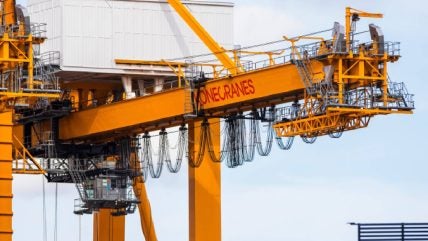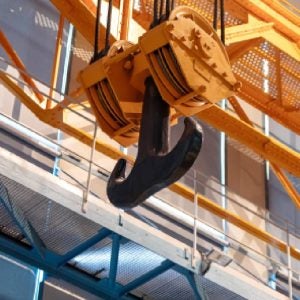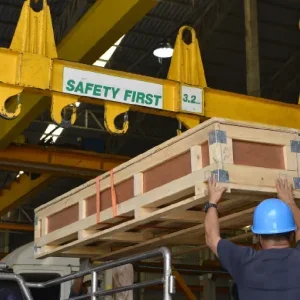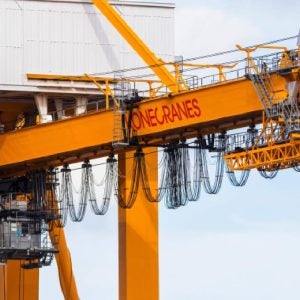
Konecranes has reported a 15% increase in order intake for the first half of 2025 (H1 2025), reaching €2.16bn, and a 4.7% rise in sales to €2.03bn over the same period last year.
According to the Finnish cranes and lifting equipment manufacturer, this growth reflects strong contributions its Industrial Equipment and Port Solutions unit. However, the Industrial Service segment experienced a decline in orders.
In the second quarter (Q2 2025) alone, Konecranes’ order intake increased by 13.3% to €1.09bn compared to the previous year. Sales for this quarter totalled €1.05bn, marking a 2% increase from the same period in 2024.
While sales decreased in Industrial Service and Industrial Equipment, Port Solutions saw an improvement.
The company’s comparable EBITA margin for the second quarter remained stable at 14.3%, with Port Solutions achieving a margin of 12.6%.
Konecranes reported an operating profit of €136.9m for Q2 2025, representing 13% of sales during this period. Earnings per share rose slightly to €1.27 from €1.26 the previous year, and free cash flow increased substantially to €118.4m from €21.5m.
Despite challenges posed by geopolitical tensions and market volatility, Konecranes remains optimistic about its financial outlook for the full year of 2025. The company anticipates net sales will remain stable compared to 2024 and expects the comparable EBITA margin to either hold steady or improve.
Konecranes CEO Marko Tulokas said: “In the second quarter of 2025, Konecranes’ sales increased by 5.3% in comparable currencies versus the previous year to €1.05bn. Profitability remained strong and comparable EBITA margin reached the same record-high level of 14.3% achieved in the second quarter of 2024.
“Additionally, our order intake in comparable currencies was 17.1% higher versus a year ago, and our order book totalled €2.91bn at the end of the quarter. These numbers reflect the structural improvements we have implemented over the years as well as our successful business model and resilience amidst the prevailing geopolitical turbulence.
“During the second quarter, demand for our products remained healthy in general, and our financial performance was supported by a good operating leverage. Despite the tariff-related uncertainty, we delivered good results and continued to benefit from our global business model.”






